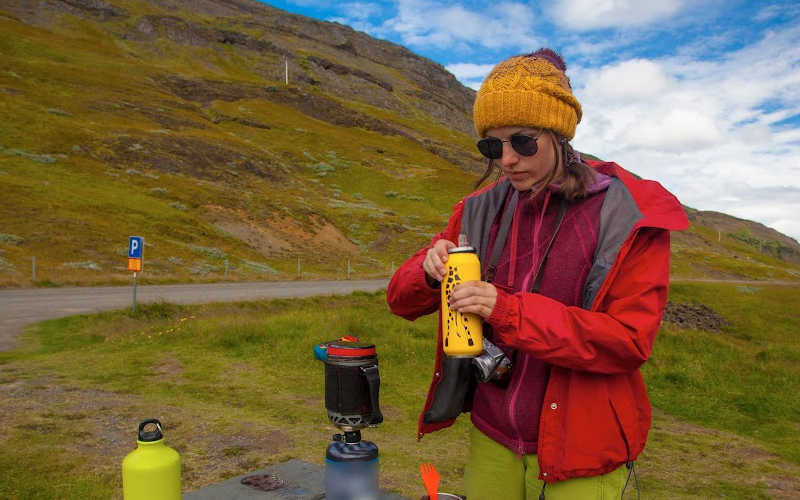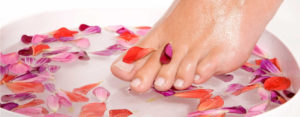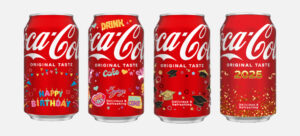What is the best food to eat while hiking?

When deciding what to bring for snacks and meals on the trail, think about what you want to eat and what makes you happy. This also helps you to overcome Hiker Hunger after a long-distance hike.
There are essentials that will help you maintain a healthy energy level throughout the hike, and you can add your personal favorites to make the hike more fun.
Things to keep in mind for a long-distance hike
When planning for food for your hiking trip, there are several things to keep in mind:
- Length of the hike
- Weather
- How you’ll eat and drink
- If bringing perishable food in a cooler is an option
- Food-related tools you’ll need
- Essential items to pack
- Weight of everything you’ll be carrying on your back*
*One of the very important aspects of planning a long-distance trip is reducing the weight you’ll be carrying. Make a list of things you need and look for places where you can reduce the weight. Since a large portion of total pack weight can be food, that is a good place to start lightening the load.
Eating right while trekking
One of the most critical aspects of preparing for a hike is hydration. Fully hydrating your body before the hike will help you perform at your best. When getting ready for a long-distance hike, drink a lot of water every day and at least two to three hours before the hike starts. It’s also important to stop every 45 minutes to an hour to drink water and eat a small amount of trail snack or energy bars you packed.
Let’s start with the absolute essentials and get those out of the way before getting into more fun stuff. These are the food we actually brought to our hiking trips that are 3-5 days:
Absolute basic trail snacks (from our own experience):
- Trail Mix
- Dried fruits and veggies
- Energy bars
- Granola bars
- Dried jerky
- Electrolytes (chewable or vitamin power)
Kaush likes chewable better because it’s quick and easy, and you can chew on them while walking. I don’t have preferences, but sometimes the water soluble ones help me to drink more water on the trail.
Our Favorite Trail Snacks:
- Dried dates
- Mixed roasted nuts
- Dark chocolates
- Fruit jellies
- Small bag of chips**
**Plain potato chips fun to eat in small portions when that salt craving gets to you. Plus, they are great fire starters when you need to build a fire quickly at the campsite where campfires are allowed.)
TIPS: On my first big hike to Truchas Peak, my husband Kaush showed me how to keep essential items close by with easy access including trail snacks, energy bars, drinking water, hand sanitizer, and a small trash bag. Having easy access to these items saved time and frustration during the hike.
Trail Meals or Campsite Meals
Our Favorite Trail Snacks:
- Small cup noodles: We like it because they are light, quick to make, and perfect for warming up your body quickly. Cup noodles are also high in sodium so it helps with salt cravings after a long day of trekking. The key is to consume in moderation.
- Dehydrated home cooked foods (lentil, rice, upma)
- Dehydrated backpacking foods***
***REI has a variety of selection of dehydrated backpacking food including gluten free and vegan options. We also tried dehydrated desserts which were very delicious and the portion was good.
Food Safety Practices
Following good food safety practices is important indoors and outdoors throughout the year, but especially during summer. It always surprises me when perishable food goes bad faster during summer even in the fridge. Perishable food cannot be kept out in hot weather (90F or higher) for more than one hour; in mild weather for more than two hours. Otherwise, these foods become unsafe to eat and should be thrown out. Being outdoors makes it more challenging to keep the food safe. North Dakota State University shares quick to read and useful information as well as tips and guides for keeping your food safe when camping and hiking.
These are the essential food safety items we normally pack for hiking:
- Unscented disposable wipes
- Hand sanitizer
- Bowls and plates
- Kettle or cooking pot
- Trash bags (for daytime, we use air-tight Ziploc bag. At night, we put all the Ziploc bags with trash in a dry litter pack)
- Portable water filters (or water purification tablets)
- Bottles of water
Food gives energy, so it’s important to eat snacks and meals that are healthy and well-balanced. But we also eat food for pleasure, and the same applies when we go hiking. Choose foods that you like and that make you happy, and find ways to prepare them so you can bring them on your next hiking trip.
Read more about Food Safety While Hiking, Camping & Boating by Food Safety and Inspection Service, USDA.








